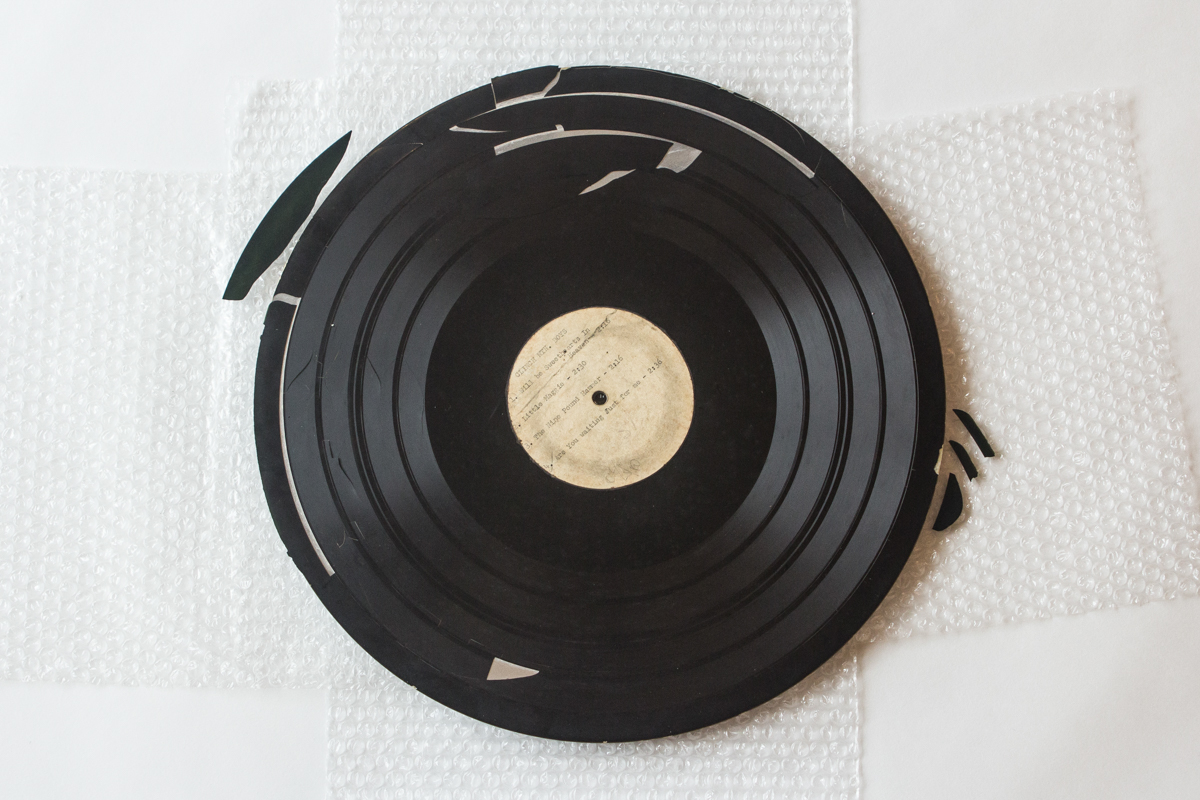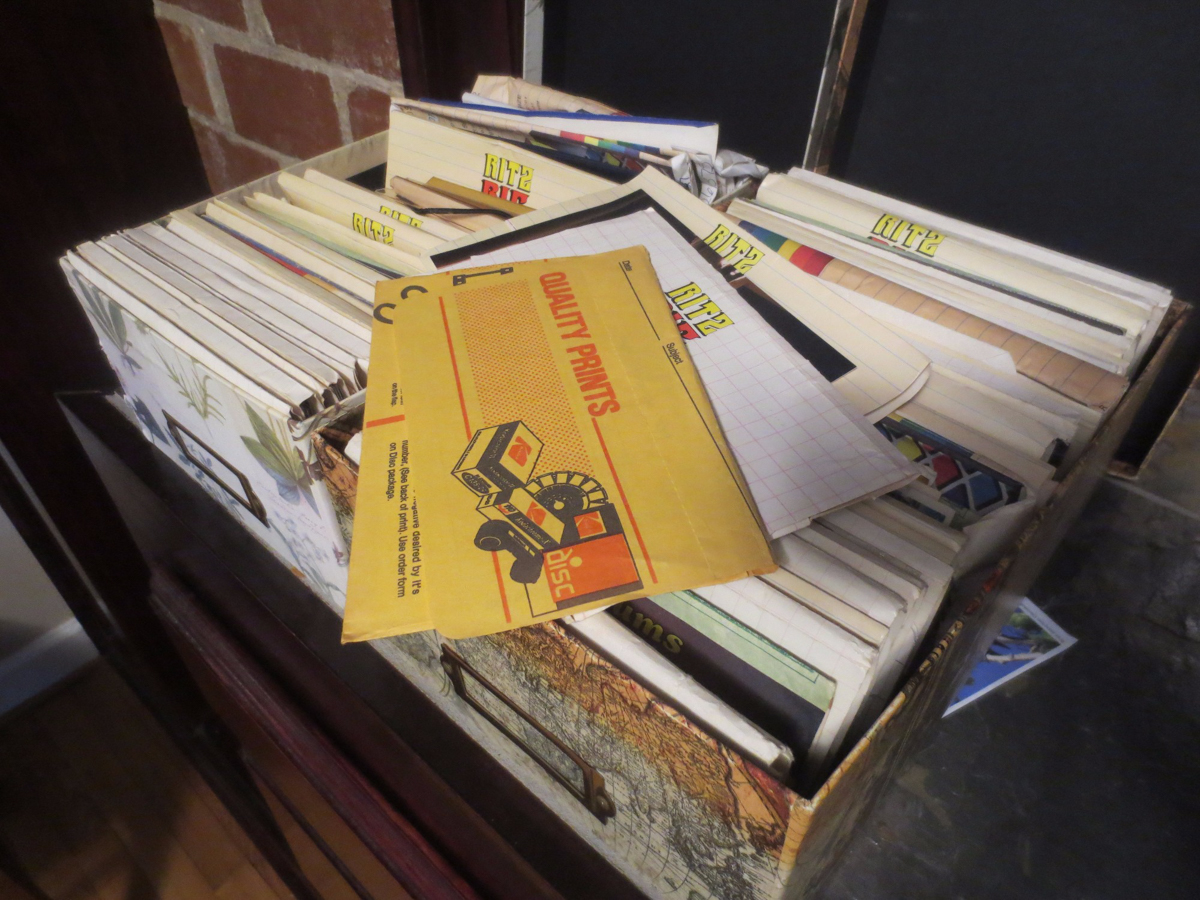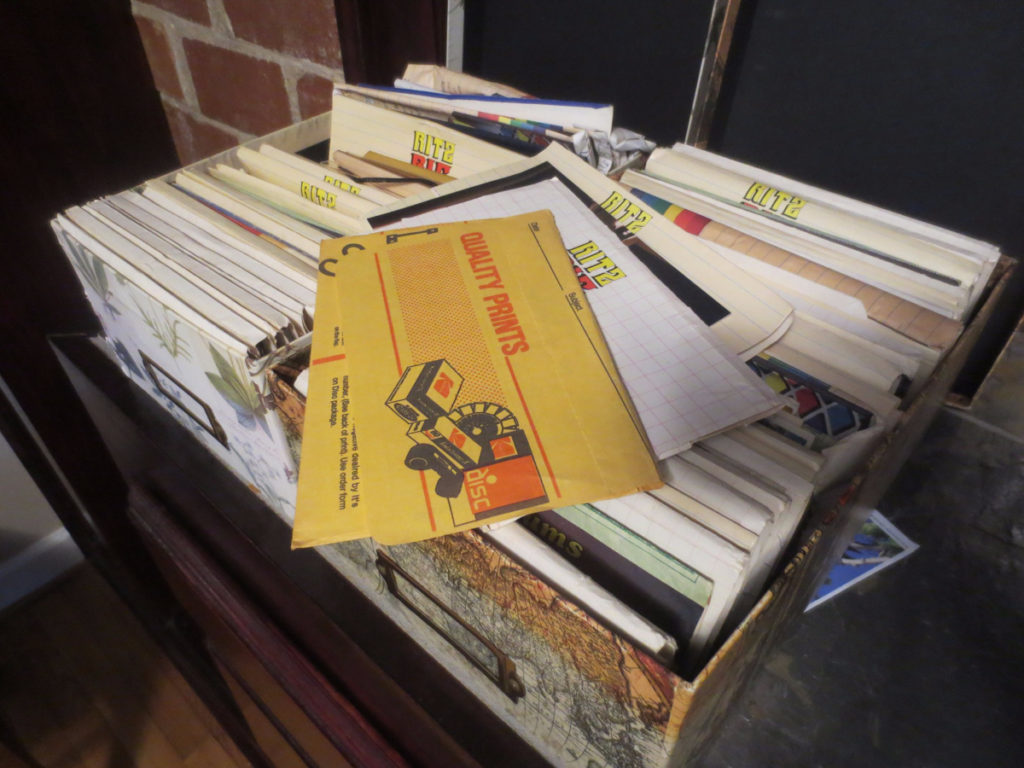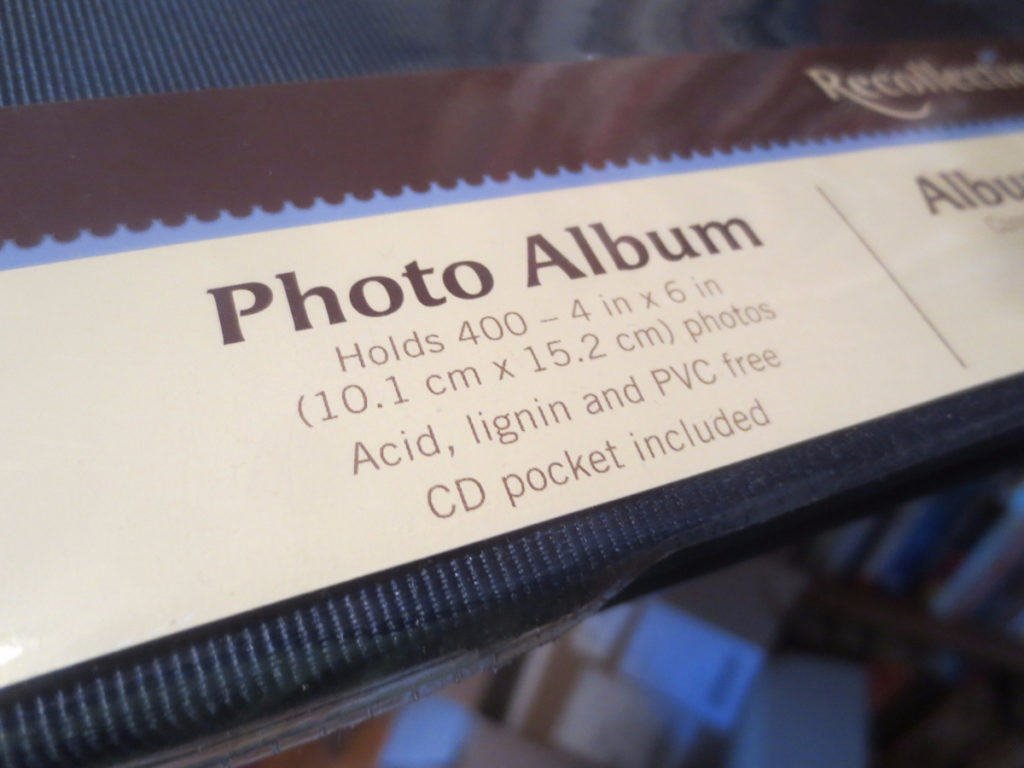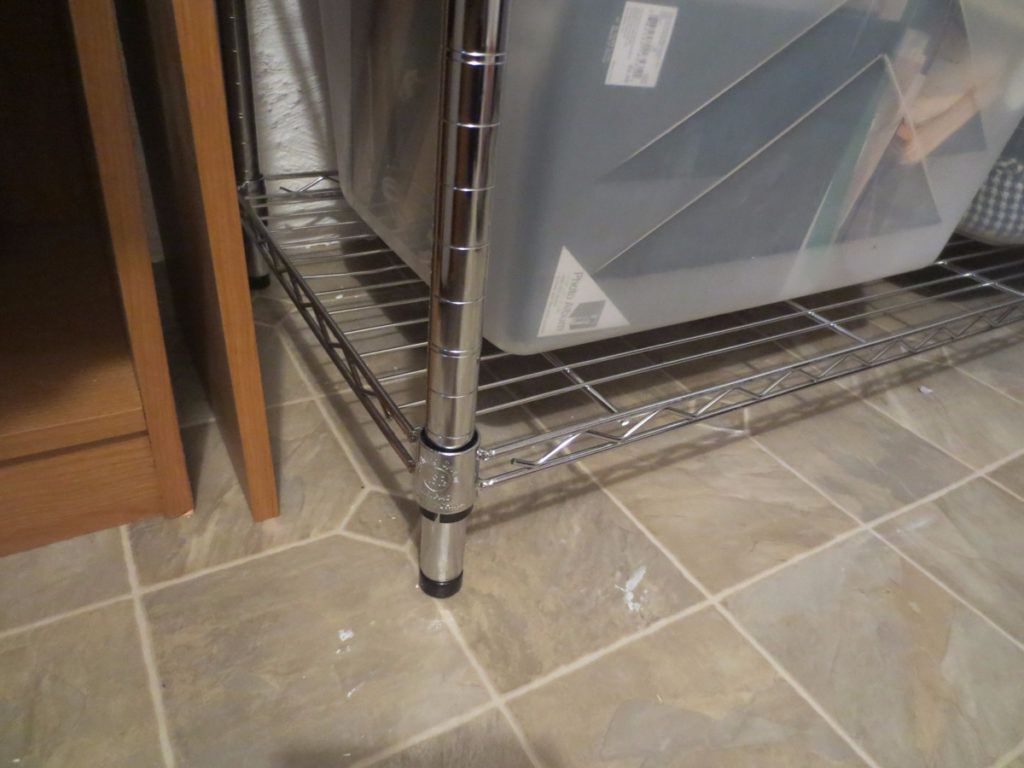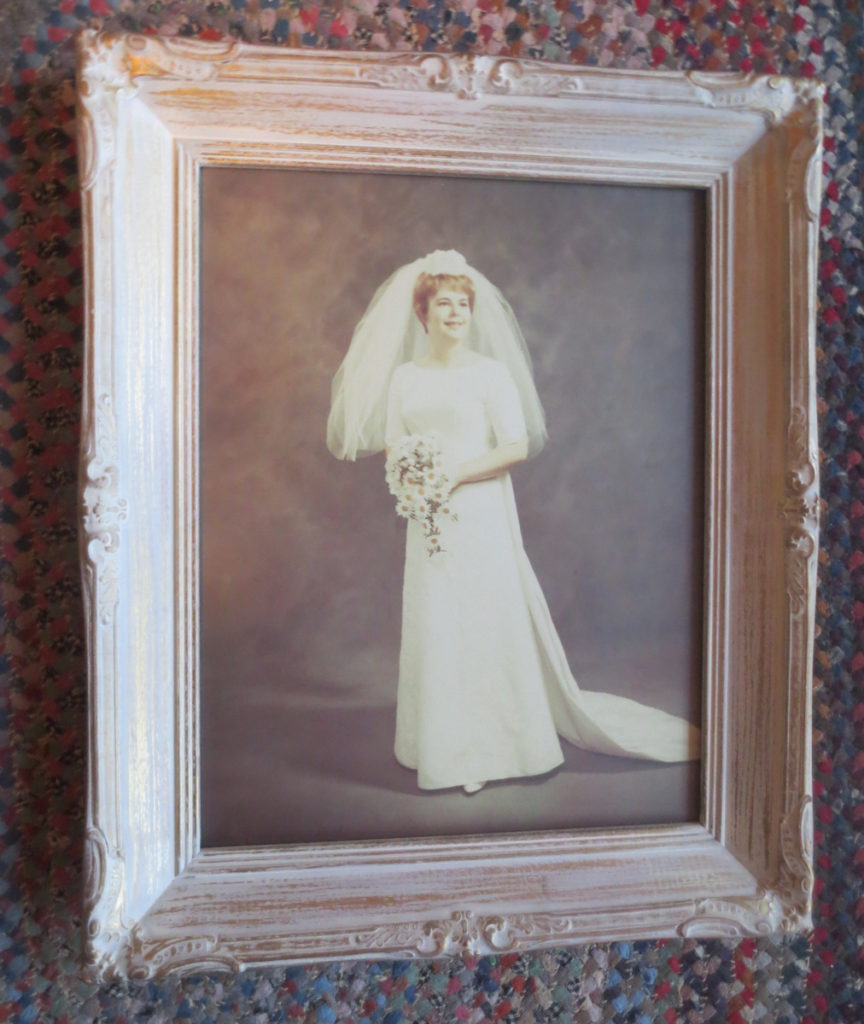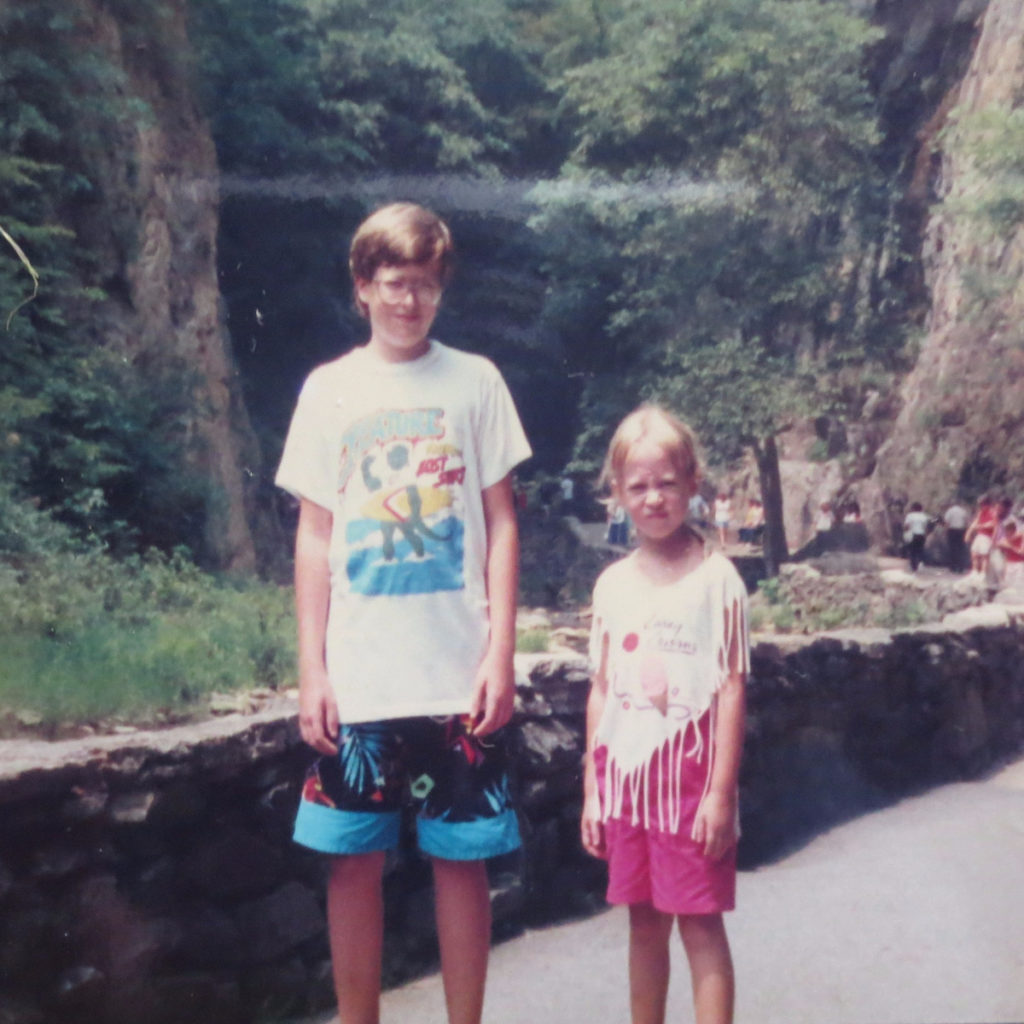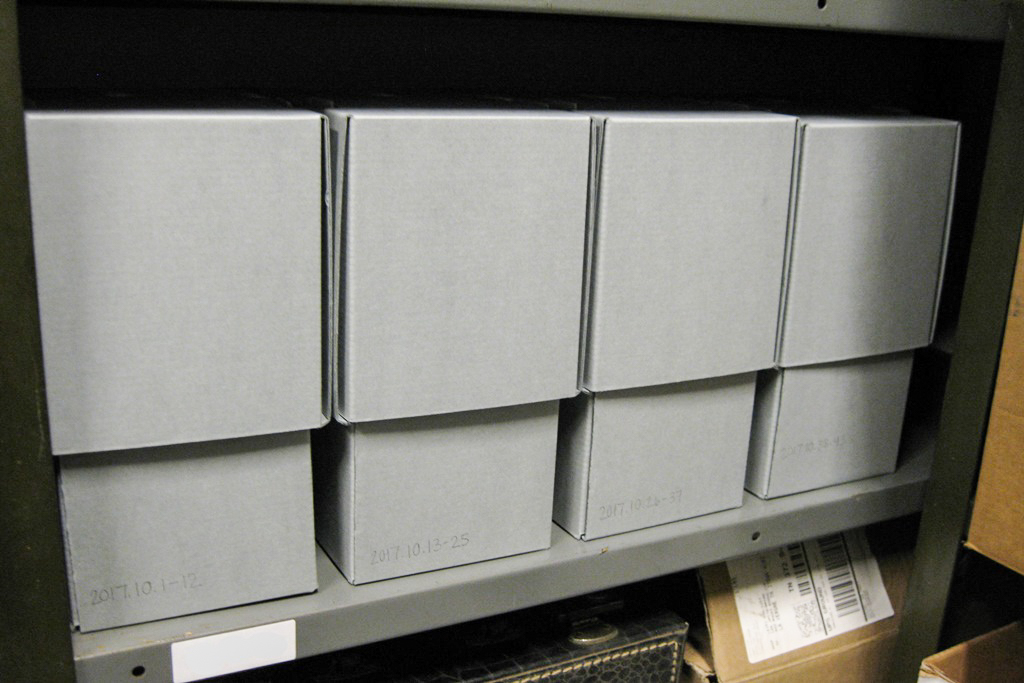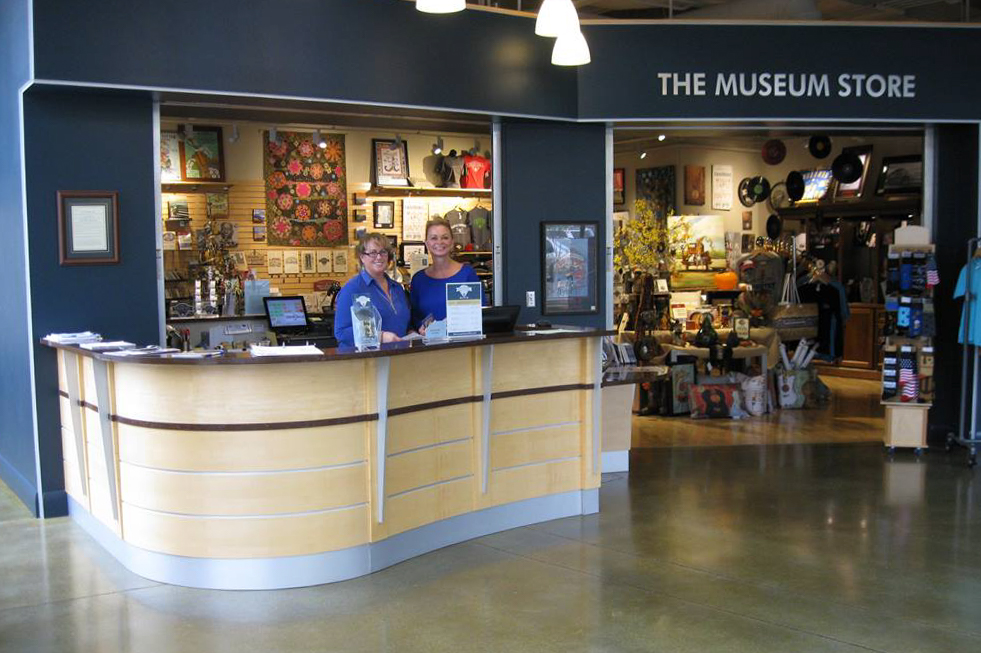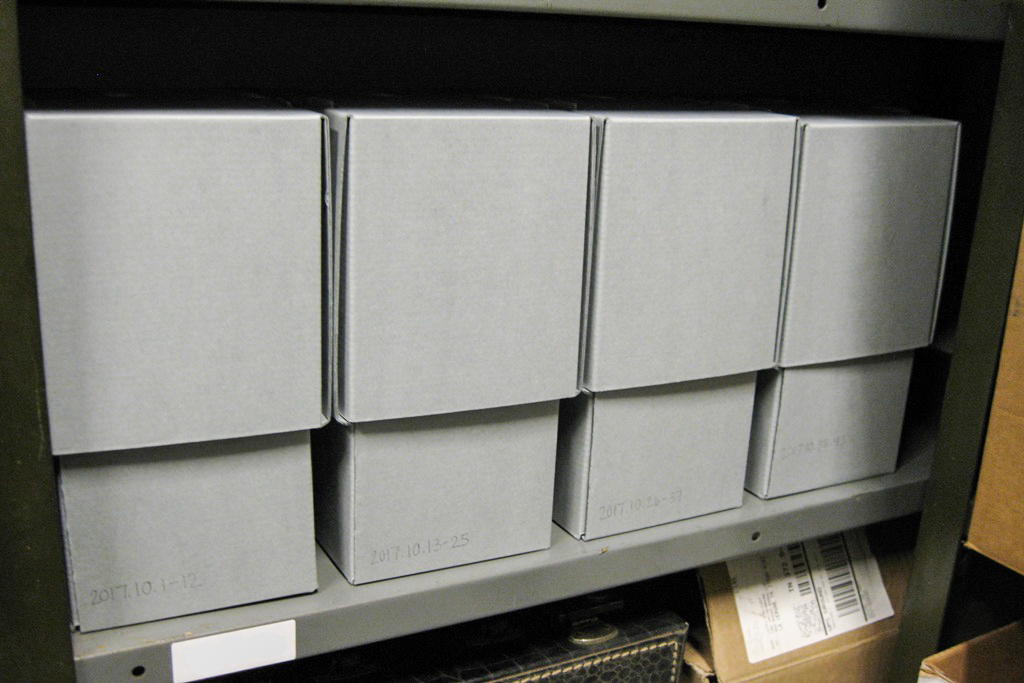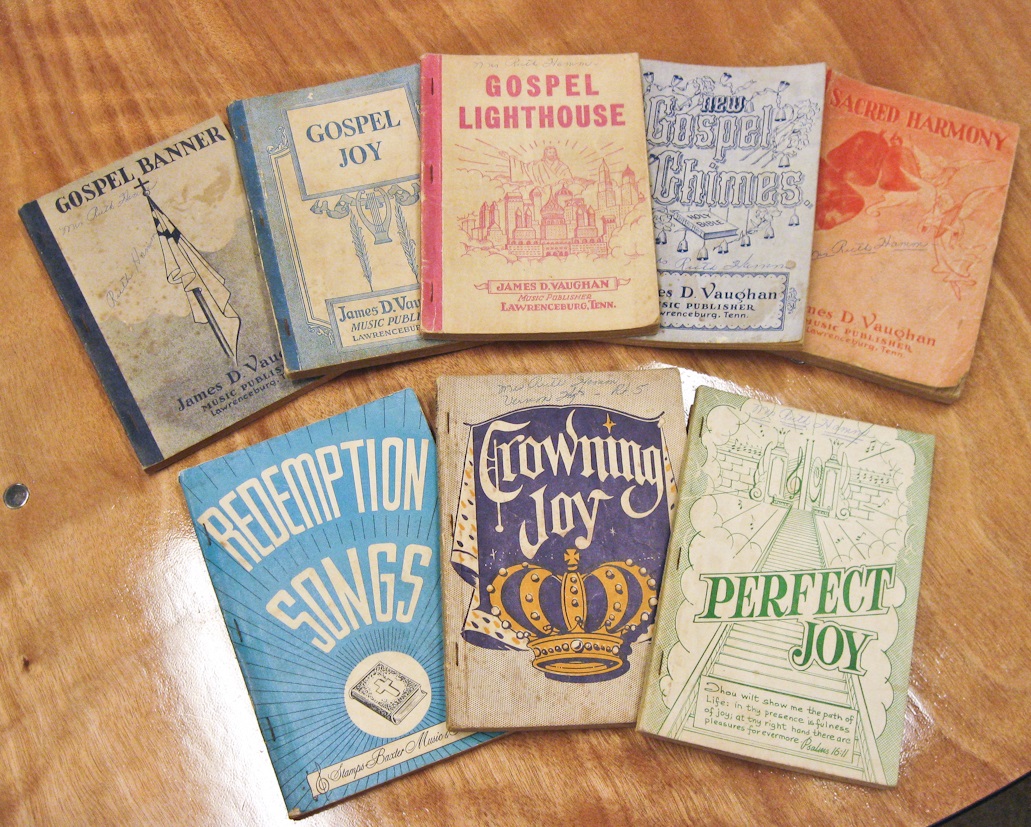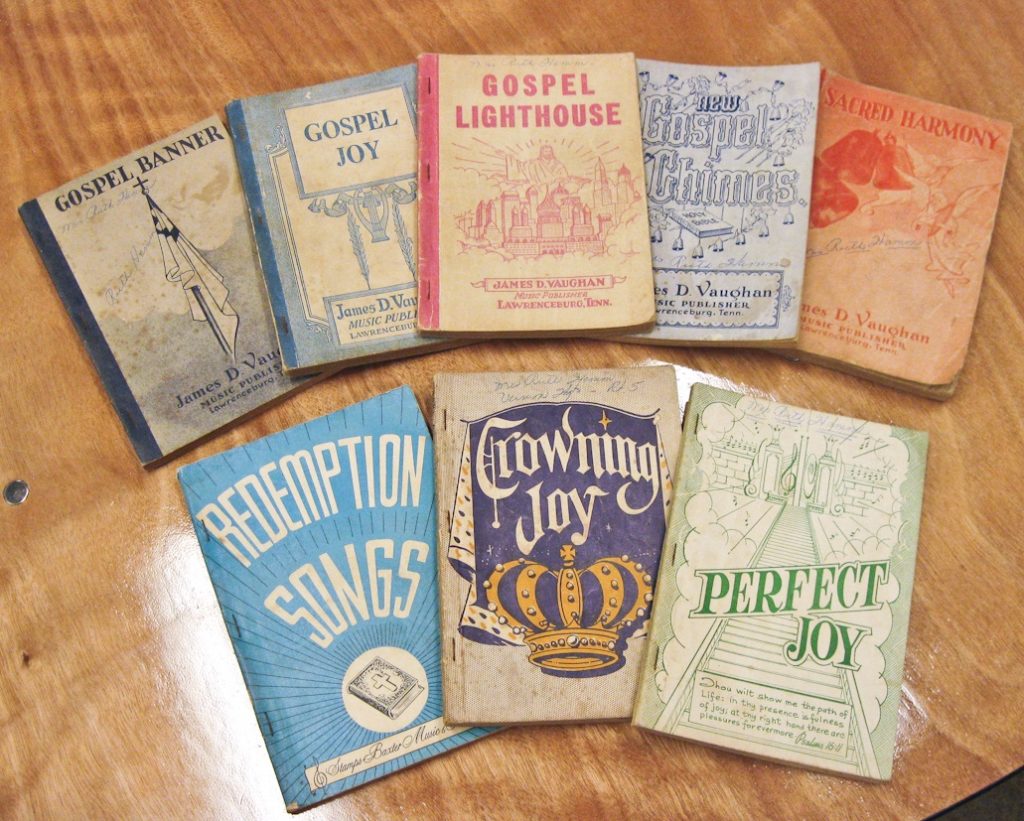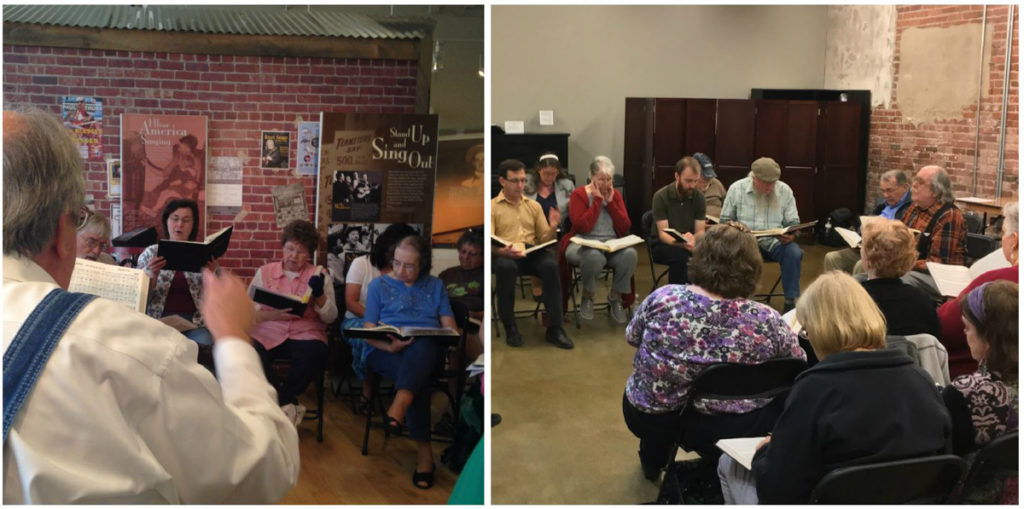Here at the Birthplace of Country Music we are so excited that a radio transcription disc from our museum collections has been chosen as one of the Virginia Association of Museum’s Top 10 Most Endangered Artifacts! At first glance it might seem odd to be excited about having an object that is in danger of falling apart, but this honor gives us the chance to receive much-needed funds to save it.
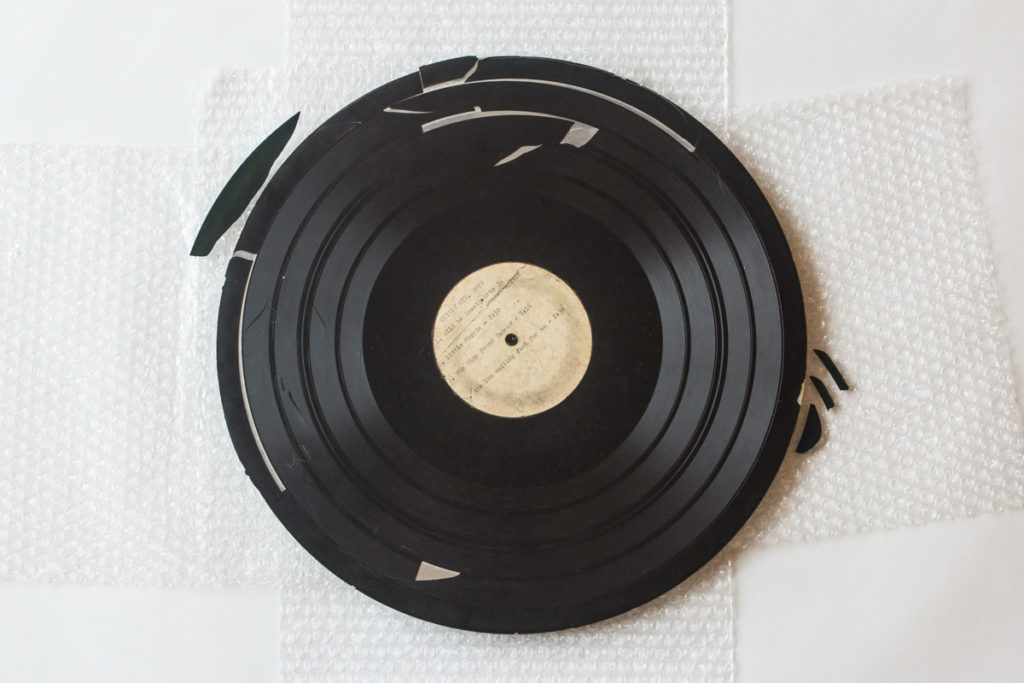
Early in 2017, Glen Harlow donated a Farm and Fun Time radio transcription disc containing live tracks that have not been heard in over 60 years. The fact that an original live recording of the Stanley Brothers with the Clinch Mountain Boys from Farm and Fun Time exists at all is pretty amazing, because the discs used to record radio broadcasts in the mid-20th century are highly unstable and prone to degradation. Before the advent of magnetic tape, instantaneous recordings were usually made on lacquer discs. These discs have an aluminum core covered with a lacquer coating. Over time, the lacquer becomes brittle and shrinks. Since the aluminum core cannot shrink, the lacquer flakes off and the recording can no longer be played with a stylus.
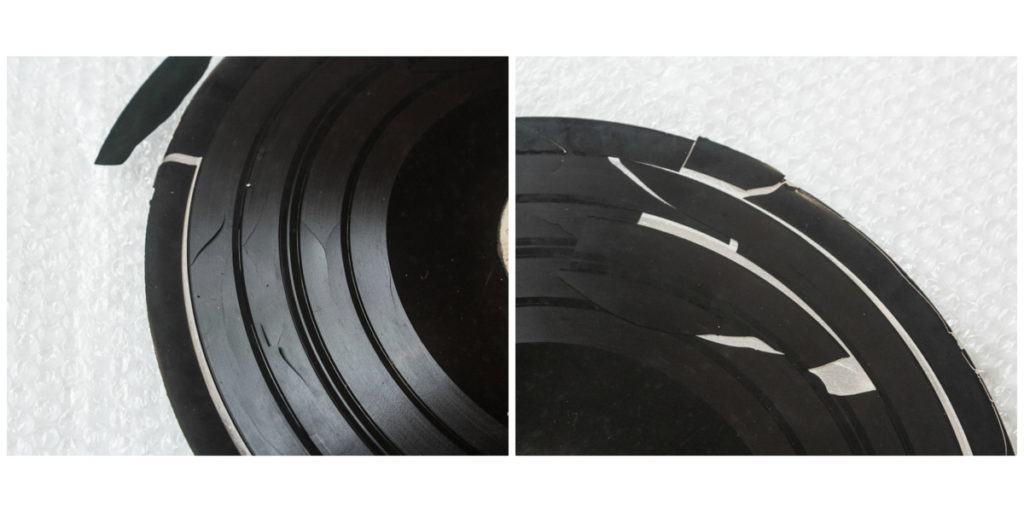
This recording is no different – it is fragile, damaged, and unplayable. Until recently, recordings on degraded lacquer discs like this one were usually lost forever. Starting in 2014, the Northeast Document Conservation Center began offering audio preservation services using a new technology called IRENE. This process involves creating highly detailed images of the grooves on a disc and recreating the sound from these images. The recordings can be heard again without a stylus getting anywhere near the disc and damaging it further. Buried treasure revealed without even touching the fragile disc!
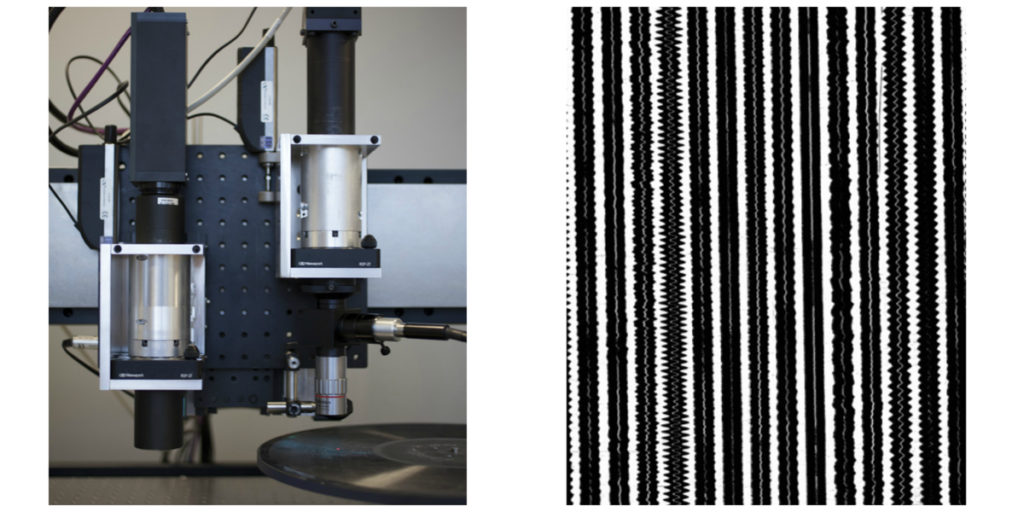
And buried treasure it truly is. The chance to hear a live recording of the Stanley Brothers from Farm and Fun Time is tantalizing to say the least. Farm and Fun Time began broadcasting to a five-state area from WCYB in Bristol, Tennessee-Virginia in 1946 and provided a platform for many of the first generation of bluegrass performers. Indeed, the program was crucial in the development of bluegrass music. The Clinch Mountain Boys, the band of Ralph and Carter Stanley, were featured on the first episode of Farm and Fun Time and continued to play on the show on and off for the next decade. The recording trapped in this degrading transcription disc is truly a piece of lost history. It is beyond exciting to have an opportunity to uncover it again!
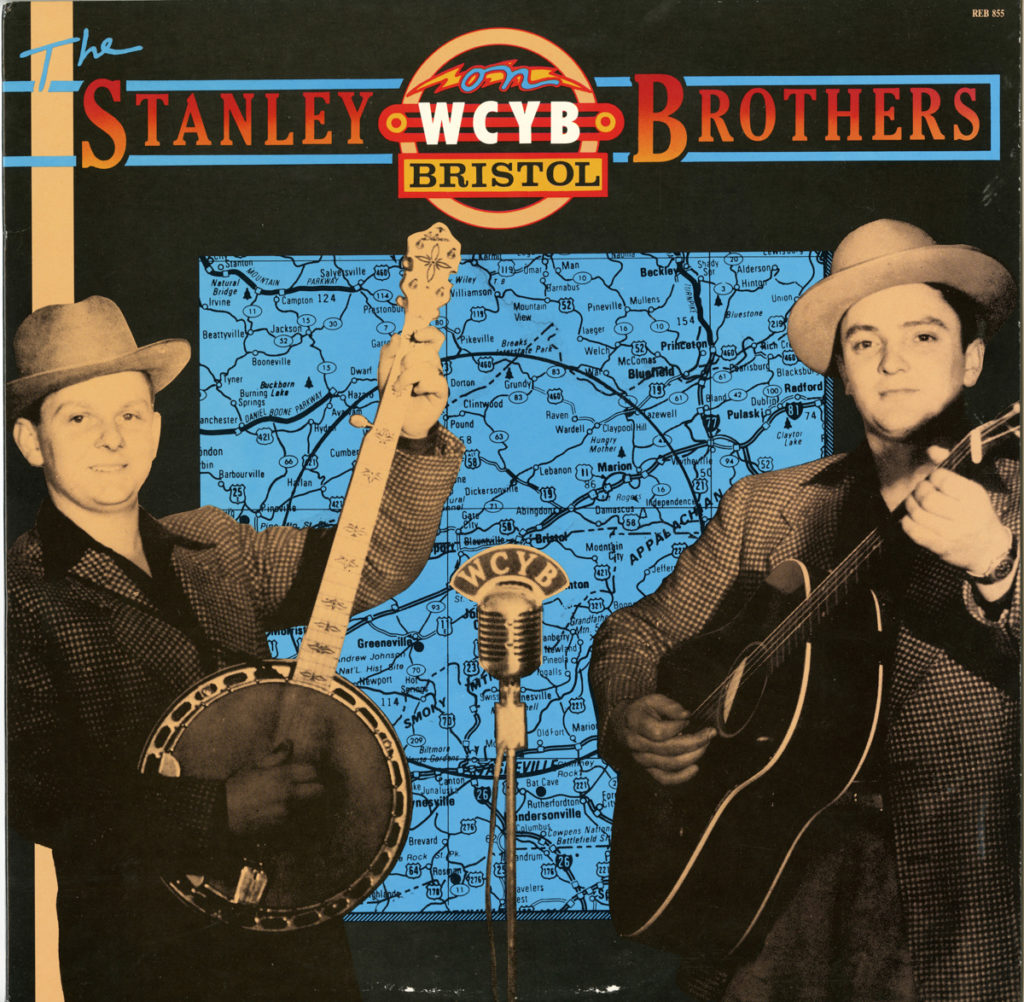
Part of the Virginia Association of Museums Top 10 Endangered Artifacts honor is a People’s Choice voting contest. The artifacts that receive the most votes will receive conservation awards of $5000 and $4000 respectively. In other words, YOUR votes translate into dollars that will enable the Birthplace of Country Music Museum to work with NEDCC to scan the damaged disc and reveal this performance that hasn’t been heard in decades.
We hope you are as excited about this prospect as we are – and so we need you!
Please click on the link below and help us uncover this amazing piece of music history! You can vote daily from January 15 through January 24.
Emily Robinson is the Collections Manager at the Birthplace of Country Music Museum.


